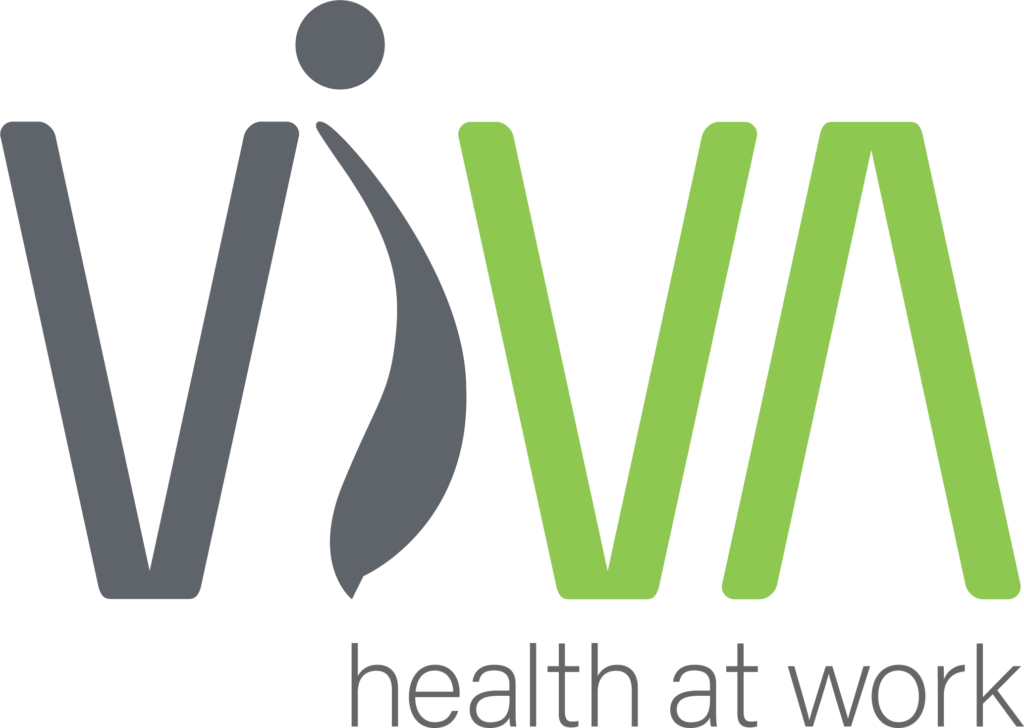CASE STUDIES
Our viDesign storyboards showcase the before-and-after examples of tasks and equipment that have been re-designed to ensure productive, effective, and healthful work engagement. They represent the successes that can be achieved when working with people who do the work and know the work (subject matter experts) and who have great ideas that can be leveraged through human-centred, co-design practices.
Office
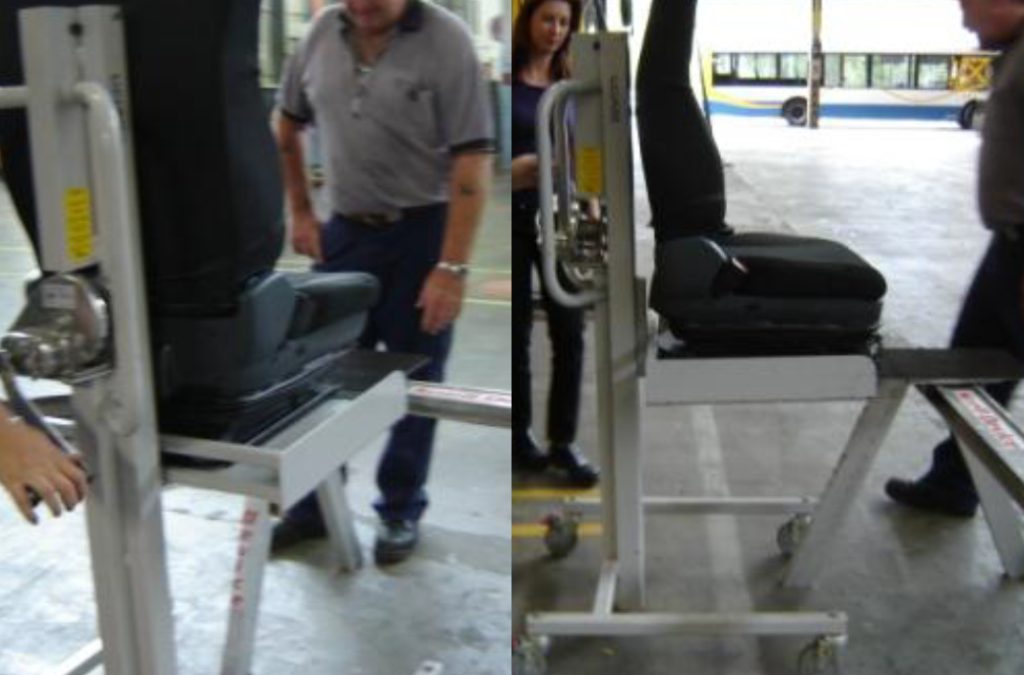
Bus Seat Installation
BEFORE: Installation of newly procured driver seat ISRI 6860 into new and refurbished buses, requires two persons to lift the bus seat
onto brackets in the cab, which is a small confined area.
AFTER: The innovation of the Lifting Aide and implementation of procedural changes reduced the physical exertion level from “heavy work” to “light work”. Thus, the task is now manageable for persons able to engage in lightduty work.
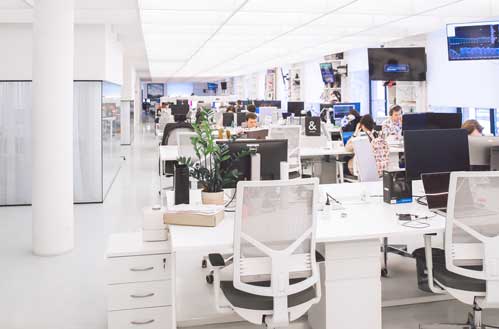
Office case study
We were asked to consider the real estate footprint of a utilities company and help them work toward a contracted workspace distribution ratio per a work-from-anywhere hybrid strategy. The goal was to contract the allocations from 0.8 to 0.6 (6 desks for every 10 employees).
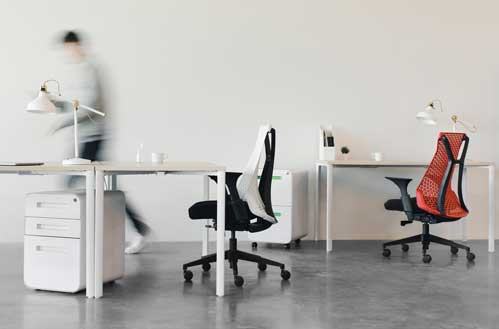
Office case study
A financial services organisation approached ViVA health at work to help them understand design opportunities in their retail concept stores, with a focus on the exposures to workplace violence, aggression, and incivility, while addressing general productivity and health concerns. In addition, advice was sought to help them in the selection of office chairs for 3,000+ employees.
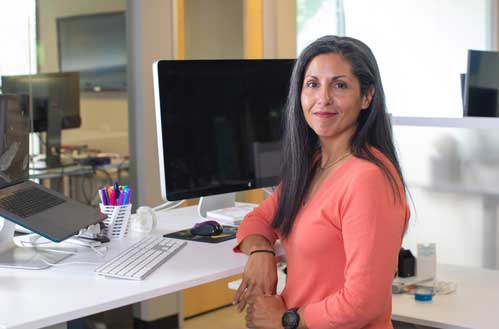
Office case study
A government organisation required assistance for pre- and post-occupancy fit-out through their design teams. ViVA health at work partnered with project management and interior design teams to provide the specialised office workstation ergonomics advisory services and training.
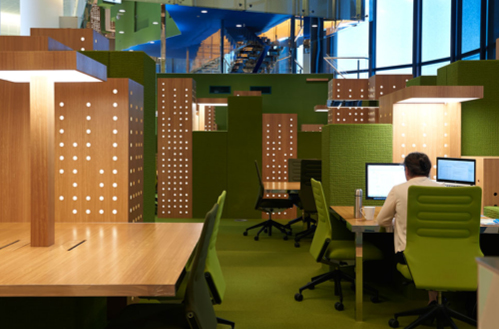
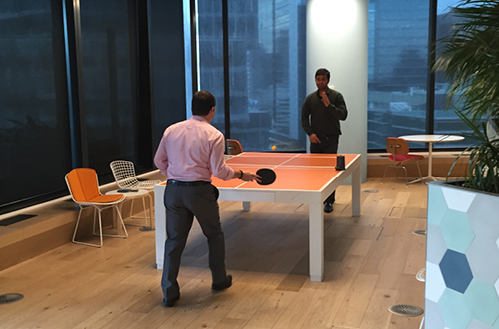
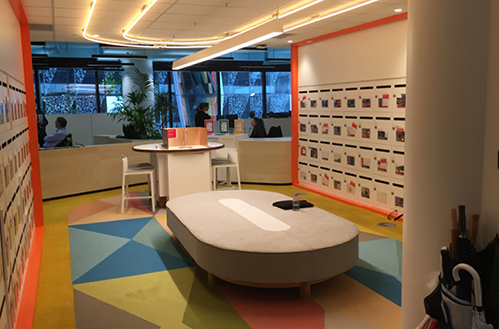
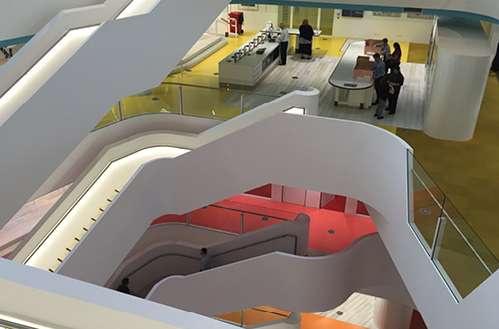
Indoor Environmental Quality and Sensory Processing
A request was received owing to examine office noise following a worker complaint of distractions in an open-plan office environment. Upon further investigation, the ergonomist advised an assessment of the individual and their sensory processing profile combined with gross environmental acoustics exposure screening, examination of other sensory stimuli within the work environment, productivity indices review, and analysis of job demands to inform strategies for work design and early intervention. The worker had low threshold tolerances of some sense-types and poor registration of hearing, causing anxiety.
Heavy Industry
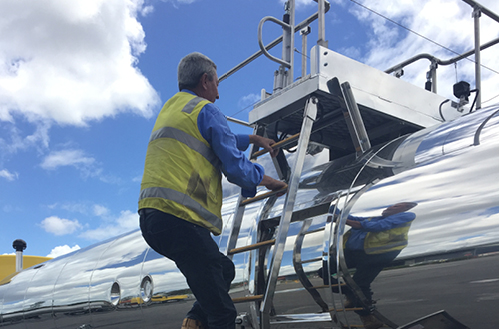
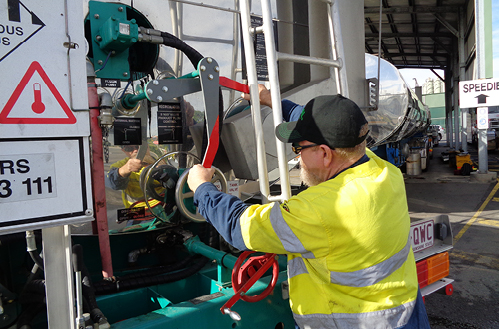
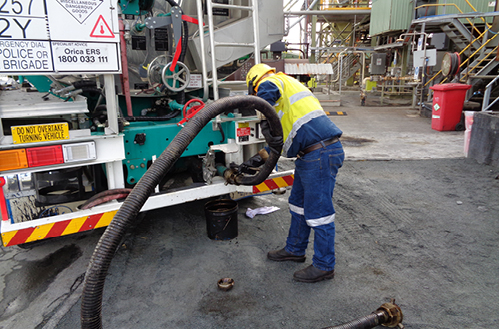
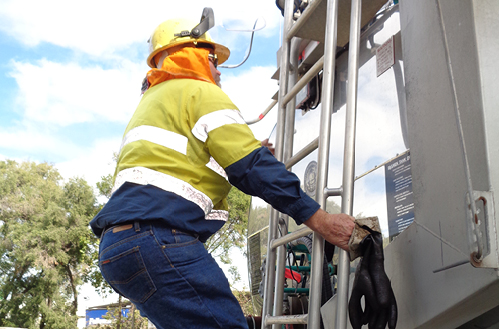
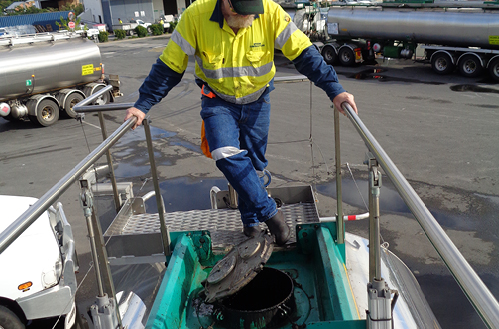
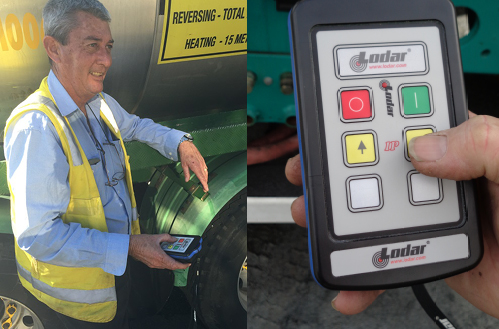
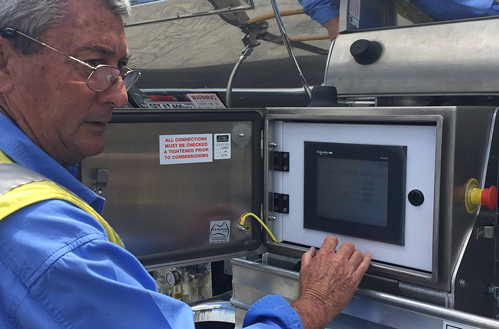
Bitumen Heat-In
TransitTrailer
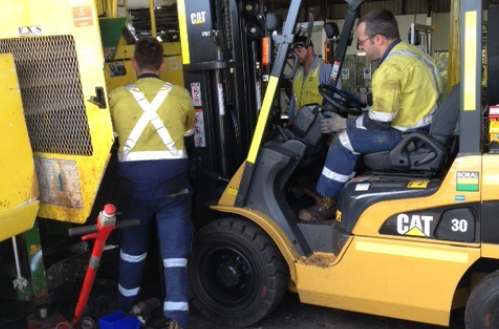
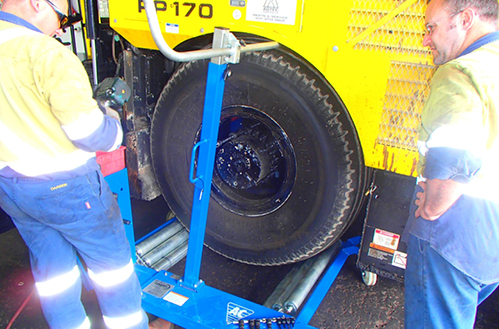
Removal of Asphalt
Paver Tyre
BEFORE: Removal of Asphalt Paver tyres are conducted up to four times per month. The task requires two people to manoeuver the 400kg tyre (filled with water), working near a forklift for transit.
AFTER: Implemented the use of a manual wheel trolley with clamp on top to secure the tyre, eliminating the manual manoeuvring and the need to work near the forklift.
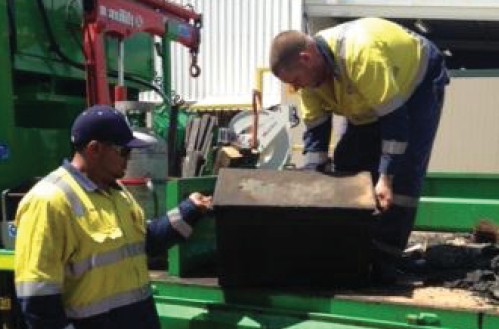
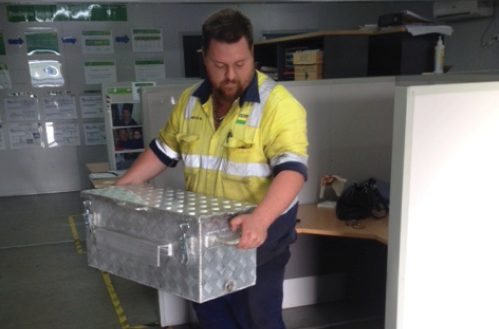
Diesel
Bath Bucket
BEFORE: The diesel bath bucket is used in roadworks to contain diesel to clean asphalt debris from tools. Crew members complained about the awkwardness and the weight of the bucket.
AFTER: A participative approach was undertaken and a new prototype bucket was developed that was of aluminium construction, raw weight of 17kg (almost half the original).

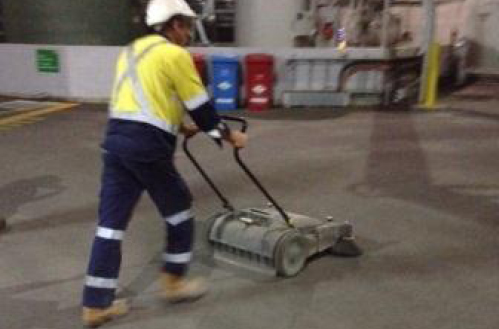
Sweeping Asphalt
Production Plant
BEFORE: Plant operators used long-handed standard brooms to sweep fine dust into loads that were shovelled into wheelbarrows and then lifted into bins. This took 4.5 hours of shift work and contributed to fatigue and neck pain.
AFTER: Through co-design, a commercially available manual push broom with circular brooms and hopper was used to reduce task time, wheelbarrow use, and poor positioning; and improve efficiency and task tolerance. ROI in two weeks, annual savings of $27K of wage time.
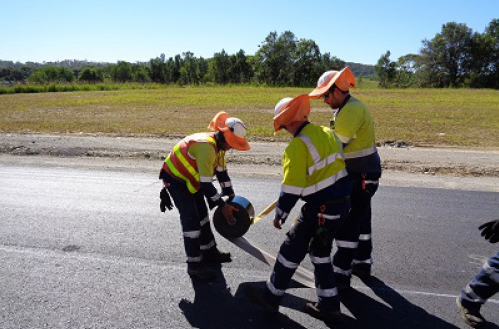
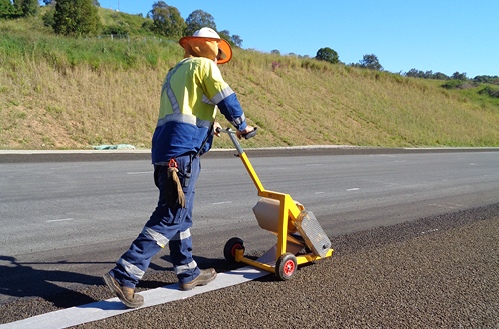
Laying
Bitac tape
BEFORE: BiTac multi-laminate tape is used across structural joins in the asphalt mat, laid over many kilometres. A minimum 2-person task, while heavy lifting and walking backward awkwardly on roadworks project with mobile plant.
AFTER: A customised trolley was developed following a participative design process with workers, providing an efficient, health-conditioning task, enabling the worker to walk upright and forward-facing, with light pushing of the trolley.
